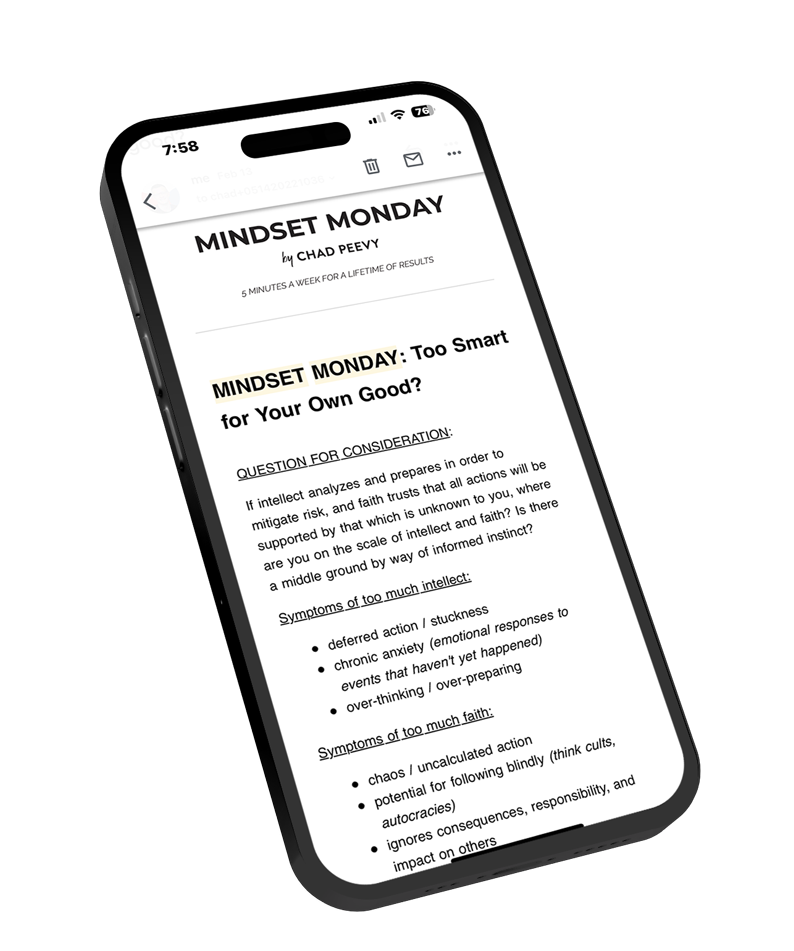QUESTION FOR CONSIDERATION:
Have you ever found yourself in a conversation where you didn’t like how you were being talked to?
Maybe feeling like the person you’re in a conversation with is talking down to you?
Or has anyone ever told you that they don’t like how you’re talking to them?
If so, today I want to offer some insight into what may be going on.
Not that my spouse and I would ever be in a disagreement – but if we were – I would find this model helpful 😉
Each of us carries around within us a part and a potential to communicate that is parent, adult, and child.
- Parent: authoritative, directive, bossy, protective
- Adult: objective, curious, problem-solving
- Child: intuitive, creative, spontaneous, joyous
